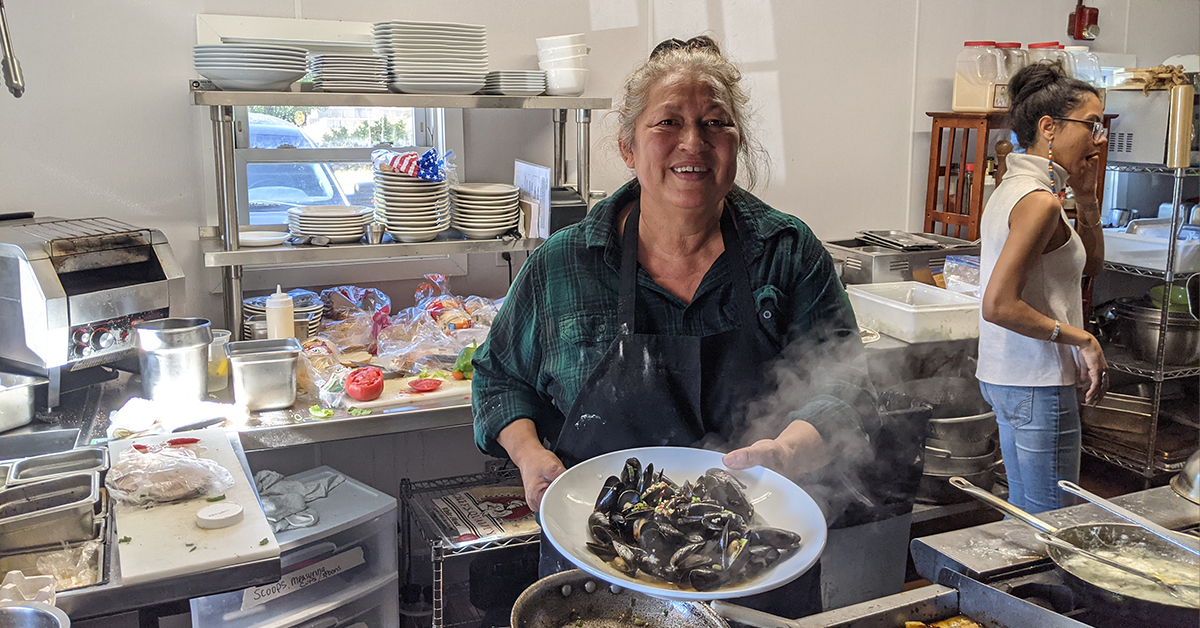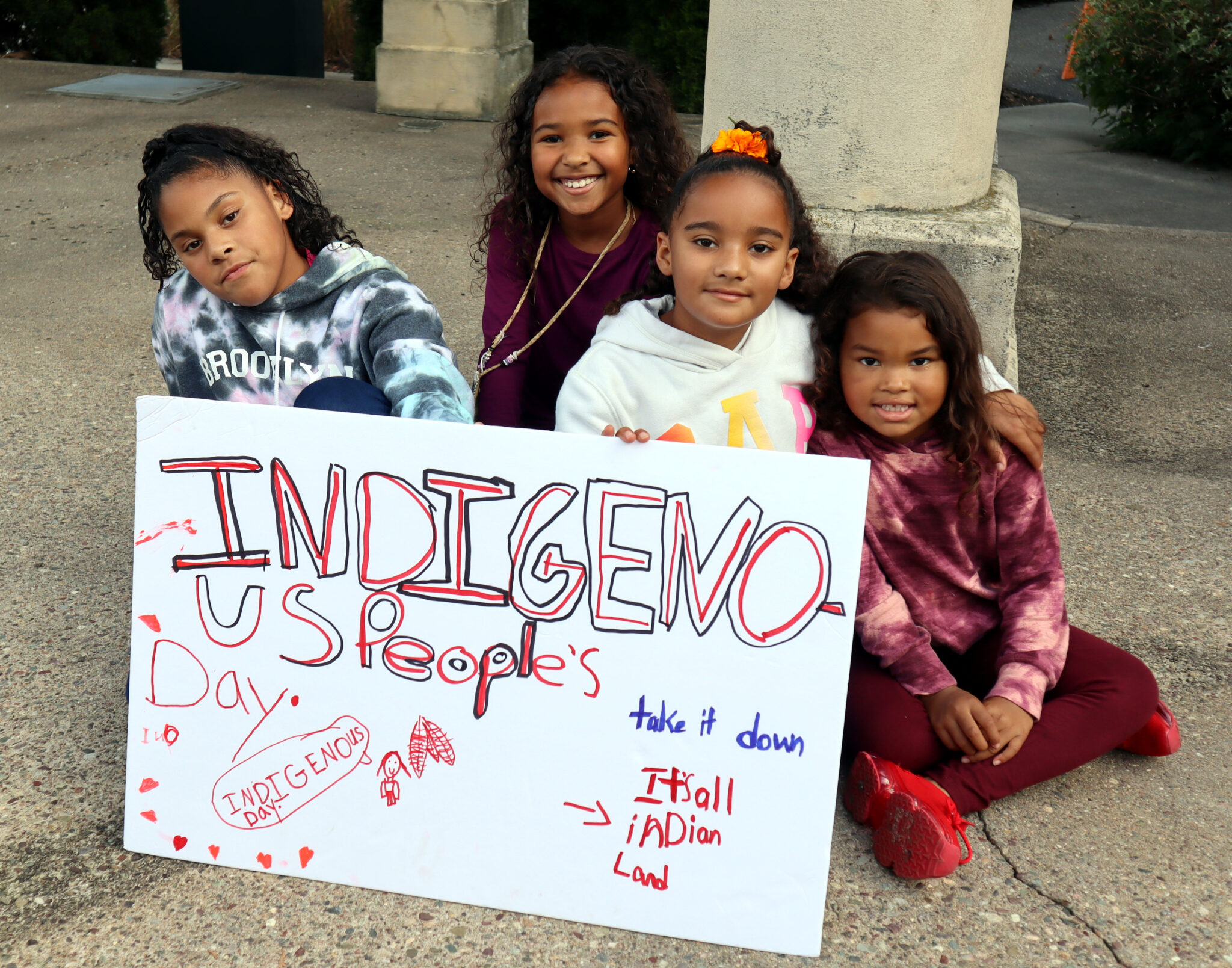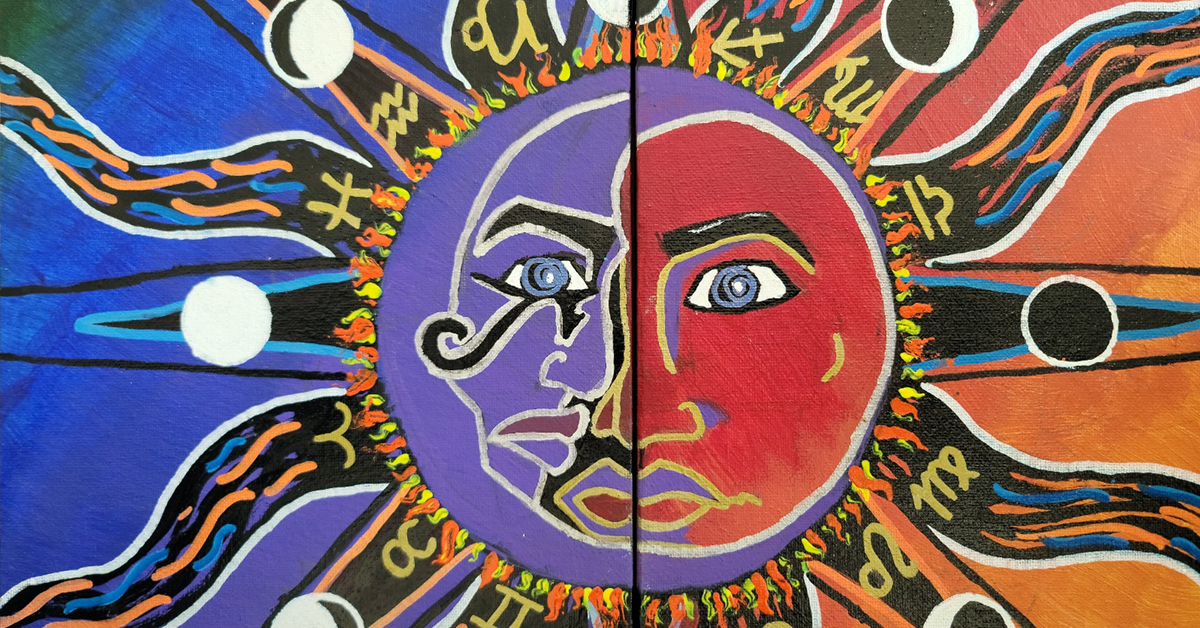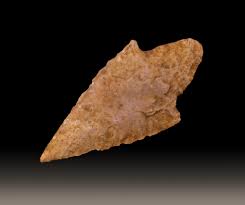It’s About More Than Land: Raymond Two-Hawks Watson and Dr. Taino Palermo establish Center for Indigenous People’s Rights
In 2006, Raymond Two-Hawks Watson’s grandma passed away. She had raised him in PVD and been his principal connection to his Narragansett Indian heritage. Before that, Watson says, he was […]




